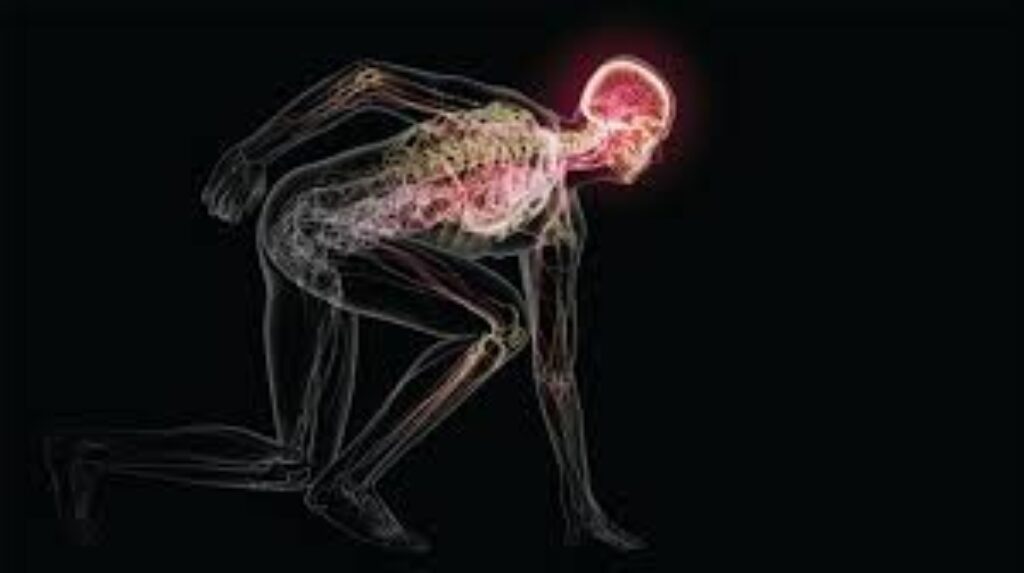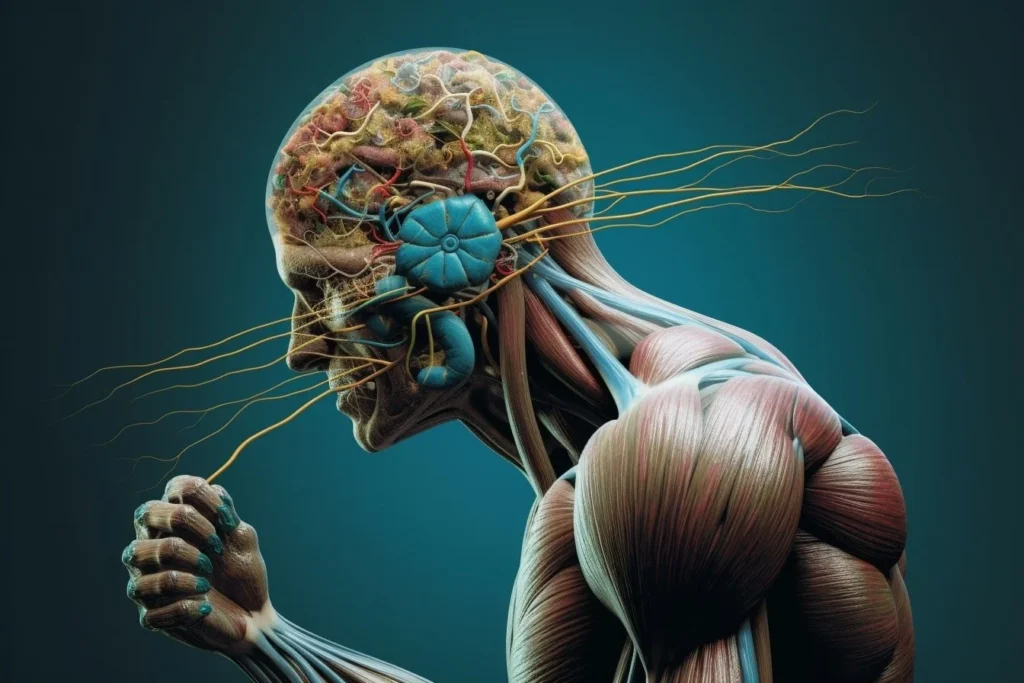
Three Easy Workouts That Boost Brain Cell Growth, According to a Neuroscientist
When most of us think about working out, we picture toned muscles, better stamina, or shedding a few extra pounds. But neuroscientists have been revealing something even more fascinating: certain physical activities can literally help your brain grow new cells, improve memory, and sharpen thinking.
This process, called neurogenesis, occurs primarily in the hippocampus — the area of the brain responsible for learning, memory, and emotional regulation. While your brain naturally loses neurons with age, the right kind of exercise can help stimulate the birth of fresh ones, potentially protecting you from cognitive decline and even boosting your creativity.
According to Dr. Wendy Suzuki, a neuroscientist at New York University and author of Healthy Brain, Happy Life, you don’t have to become a marathon runner to enjoy these brain-boosting benefits. Here are three easy workouts she highlights that can spark neurogenesis and keep your mind razor-sharp.
1. Brisk Walking – The Simplicity That Works Wonders
If there’s one exercise you can start today without special gear or training, it’s brisk walking. Research shows that even 30 minutes of walking at a moderate pace, 3–5 times a week, can significantly improve brain function.

Why it works: Brisk walking increases your heart rate, pumping more oxygen-rich blood to the brain. This stimulates the release of growth factors like BDNF (brain-derived neurotrophic factor), which acts like a fertilizer for new neurons. It also strengthens connections between existing brain cells, enhancing communication and memory.
How to make it stick:
- Walk somewhere stimulating — a park, a coastal path, or a street filled with interesting architecture.
- Use an audiobook or playlist to keep it enjoyable.
- Gradually increase speed or duration as your fitness improves.
Dr. Suzuki notes that walking outdoors adds an extra layer of benefit, as exposure to nature can reduce stress hormones that otherwise inhibit brain growth.
2. Dancing – The Brain’s Favorite Cardio
Dancing might seem like a fun hobby, but it’s actually a powerhouse workout for your brain. Unlike repetitive cardio exercises, dancing engages multiple brain regions at once — motor control, balance, rhythm, and even social interaction when you dance with others.
Why it works: Dancing challenges your brain to coordinate movements with music, anticipate rhythm changes, and remember step patterns. This combination of aerobic activity + mental challenge is particularly effective at stimulating new brain cell growth and keeping neural pathways flexible.
The science backs it up: A 2017 study in Frontiers in Human Neuroscience found that older adults who engaged in dance training for 18 months showed significant increases in hippocampal volume — a sign of neurogenesis — compared to those doing conventional fitness training.
How to make it stick:
- Pick a style you enjoy — salsa, swing, ballroom, hip-hop, or even Zumba.
- Focus on learning new routines to keep your brain engaged.
- If you can’t get to a class, follow online dance workouts at home.
Not only does dancing boost brain cells, but it also releases endorphins, improving mood and motivation — a win-win for your mental health.
3. Interval Cycling – Short Bursts, Big Results
If you have a stationary bike or a regular cycle, interval cycling is a time-efficient way to trigger brain growth. This workout alternates between short bursts of high-intensity pedaling and periods of lower-intensity recovery.
Why it works: High-intensity intervals temporarily stress the body in a healthy way, increasing blood flow and oxygen delivery to the brain. Studies suggest that this type of exercise can rapidly elevate levels of BDNF, giving your neurons the “nutrients” they need to grow.
A 2019 experiment published in Journal of Applied Physiology found that participants doing 20 minutes of interval cycling had a notable boost in memory performance within hours of exercise — suggesting benefits for both immediate brain function and long-term neurogenesis.
How to make it stick:
- Start with 1 minute of fast pedaling, followed by 2 minutes of slow pedaling, repeated for 15–20 minutes.
- Adjust resistance and speed as your fitness improves.
- Try cycling outdoors for extra sensory stimulation.
Making the Most of Brain-Boosting Workouts
The beauty of these three workouts is that they’re accessible to almost everyone. You don’t need a gym membership or expensive equipment — just a willingness to move.

A few tips to enhance neurogenesis benefits:
- Be consistent: Aim for at least 150 minutes of moderate activity per week.
- Mix it up: Combine aerobic exercise with mentally engaging activities for maximum effect.
- Pair with good habits: Adequate sleep, a nutrient-rich diet, and stress management all support brain growth.
Final Thought: Your brain is just as adaptable as your muscles — and the sooner you start giving it the right kind of workout, the better it will serve you in the years to come. Whether you’re taking a brisk walk through your neighborhood, learning a new dance style, or pedaling through intervals on your bike, each movement is a step toward a sharper, more resilient mind.








